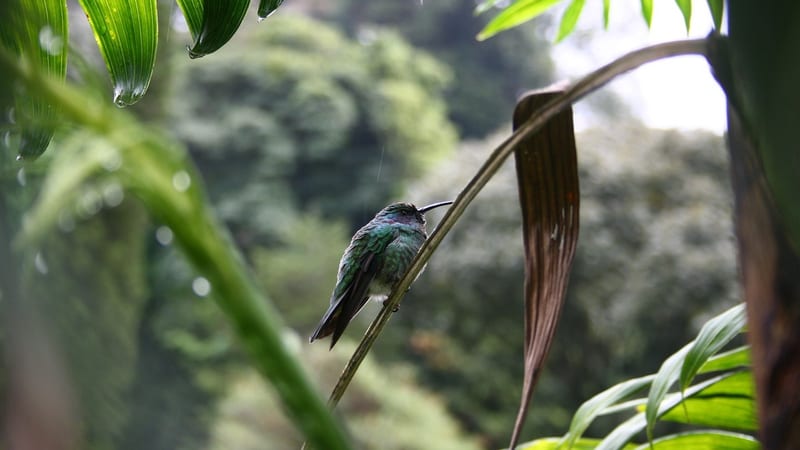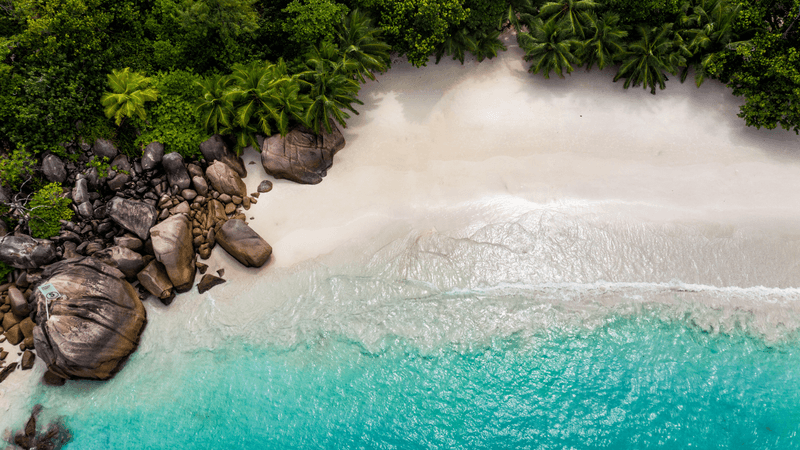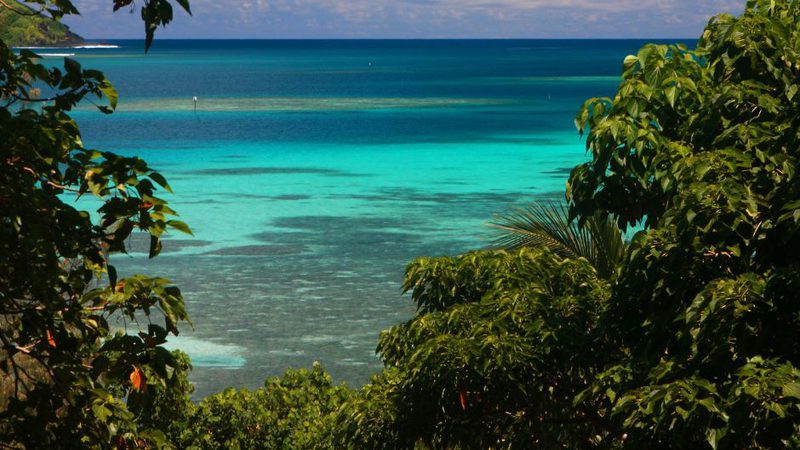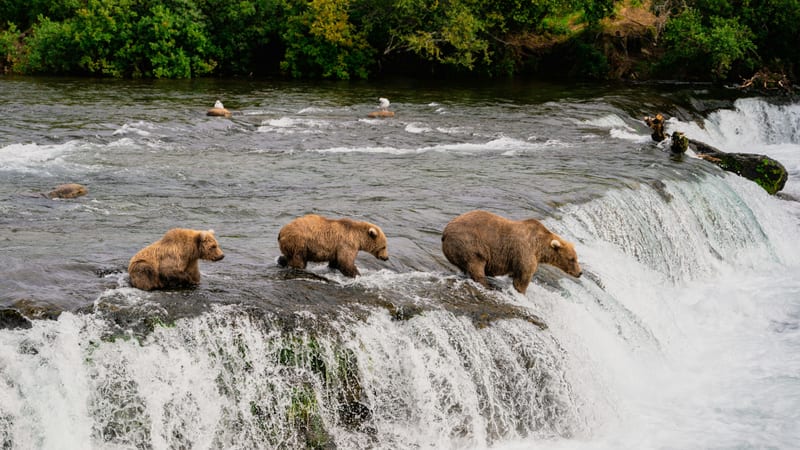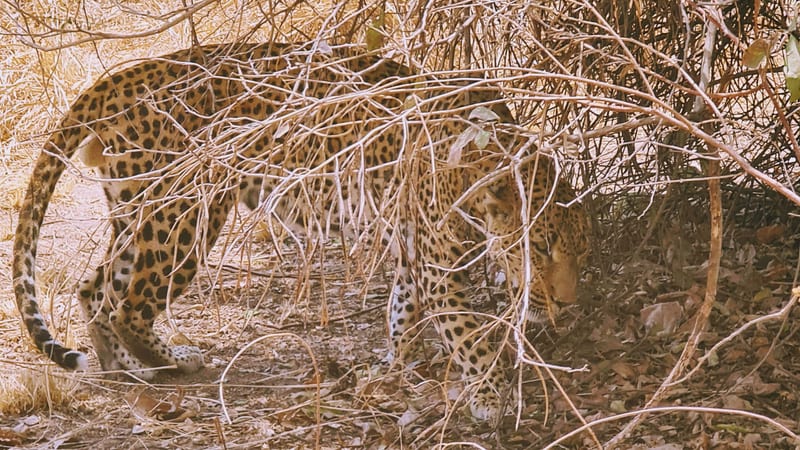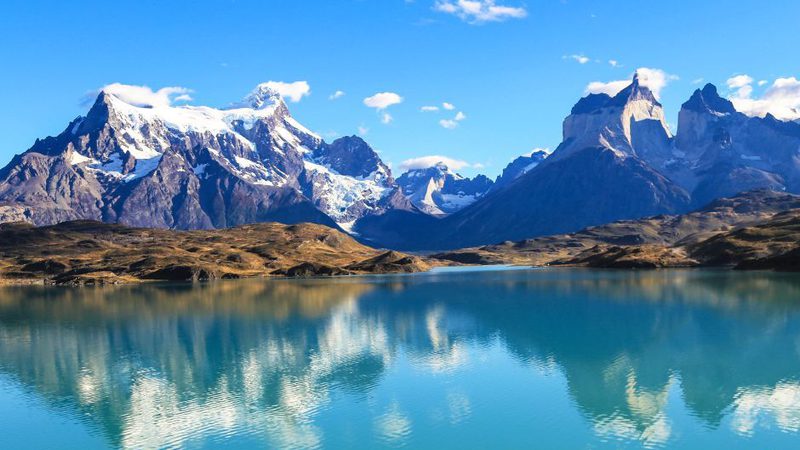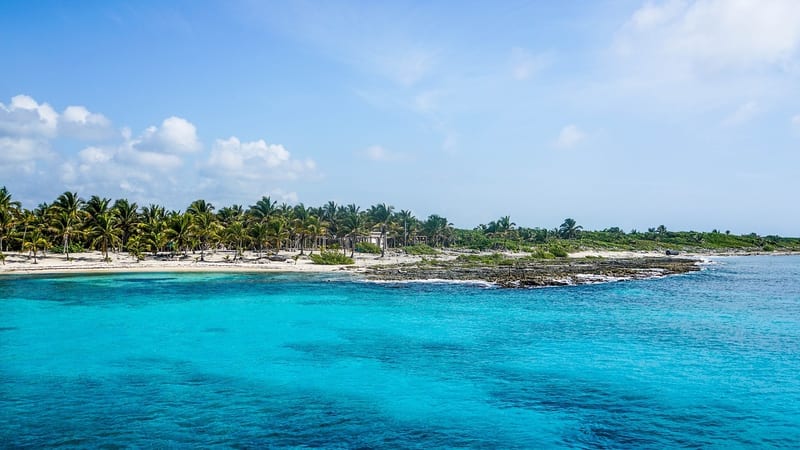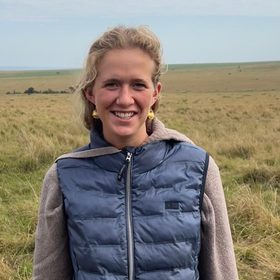Kiota Camp is a permanent camp nested in the grass laden hills of central Serengeti who’s owners have created a really homely camp which is very environmentally conscious.
Location: Kiota Camp is located atop Banagi Hill in the heart of the Central Serengeti, offering panoramic views over the Seronera Valley - one of Tanzania's most wildlife-rich regions. Set just 20-30 minute drive from Serenoera airstrip, this permanent camp benefits from year-round game viewing. You'll enjoy access to both grassy plains and wooded hills, and legendary spots like Rettima Hippo Pool sit just minutes away, ensuring big cats, elephants, and birdlife appear as daily companions.
Rooms: The camp features 10 ensuite canvas tents, including one that can be configured as a family tent, comfortable accommodating two adults (or a family of four). Each tent has a king-size bed (configurable as twins), safari-style bucket showers with hot water, flush loos, writing desk, mosquito net, digital safe and solar-powered lighting. Verandas shaded by acacia offer peaceful views over the Serengeti plains below.
Amenities: Kiota Camp's communal area combines a relaxed lounge with a bar and a small library, plus a separate dining tent where meals are served in rustic elegance. Evenings bring campfire gatherings under the vast African skies. While Wi-Fi is limited to the lounge area, charging stations are centrally located. Solar power provides lighting and hot showers, with a generator backup. Guests also enjoy complimentary tea and coffee butler service and optional private bush dinners or breakfasts.
Activities: Expect daily morning and afternoon open-vehicle game drives exploring Central Serengeti's predator-rich landscapes. Walking safaris - escorted by armed guides - offer close-up nature immersion, while bush breakfasts, sundowners under the sunset, and candlelit dinners under the stars add magic. Seasonal extras such as hot air balloon safaris and cultural visits to Maasai villages can also be arranged.
Sustainability: Kiota Camp is designed with ecological awareness in mind. The camp runs off-grid using solar power to generate lighting and hot water, while waste is separated and recycled. Furniture, décor and textiles are locally made by Tanzanian artisans, injecting income into communities. The owners also support tree-planting initiatives and carbon-offset projects working with local NGOs to protect virgin forests and reduce environmental footprint.
Best places to stay in Serengeti National Park
Serengeti National Park Trip Inspiration
When to visit Tanzania
Find out the best time to visit Tanzania with our month by month guide.
- Best
- Good
- Mixed
- Jan
- Feb
- Mar
- Apr
- May
- Jun
- Jul
- Aug
- Sep
- Oct
- Nov
- Dec
January
January is mixed when it comes to weather, temperatures rise whilst the chance of rain and humidity increases. It is still a good time to go, as the rates are lower yet the game viewing is still excellent.
- During this time migratory herds are in the Serengeti for calving season, meaning the Ndutu plains are busy.
February
The weather remains hot with a chance of rain in February.
- Meanwhile in the Ndutu Plains the migration is still occurring.
March
March is the calm before the storm, before heavy rains and humidity builds. Visitors can take great advantage of lower rates during the low season.
- Migrating herds start to leave Ndutu, heading West towards Grumeti.
April
April experiences continued periods of heavy rain, we would advise against travel due to the conditions.
May
During may there is periods of heavy rain, we would advise against travel due to the conditions.
June
June heralds the wet season, bringing lush green vegetation which can make spotting game more difficult. It is a particularly great time for birders as parks become populated by migratory birds especially in the South.
- Migration is still in the Grumeti area, heading north.
July
July is the start of peak season, temperatures reach up to 30 degrees and the surrounding land becomes drier and spotting game is becoming easier.
- The migration is in the Northern Serengeti moving towards Kenya.
August
August is peak season, with bush land drying out game spotting becomes much easier. If you want to experience Tanzania game at its best, August is the time to travel.
- The migration still remains in the north.
September
Peak season continues in September, the Northern circuit can be very busy, if you want to avoid crowds it's best to visit the southern parks.
- The end of the migration is still in the north with herds on both side of the Kenyan and Tanzanian borders.
October
Peak season continues into October with good game viewing in the Serengeti and southern parks.
- The migration has now crossed over into Kenya.
November
November is the start of the rainy season, the rains tend to be overnight so it is still a popular time to travel. During this month you can take advantage of low season rates.
- Migration crossing over into the Serengeti can be seen a the Tanzania and Kenya border.
December
Rains continue in December, whilst the temperature and humidity start to build. Venturing out on safari is generally good, with large game still easily spotted.
- Migrating herds in the north travel south back to Ndutu.
Speak to a Tanzania expert today
and start planning your tailor-made holiday

Alistair





